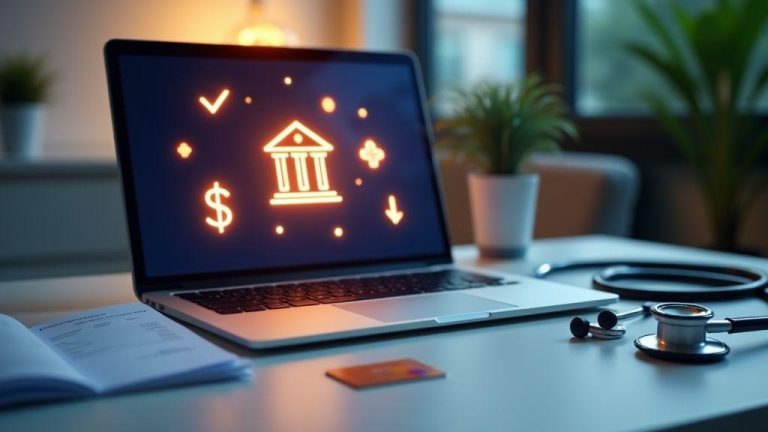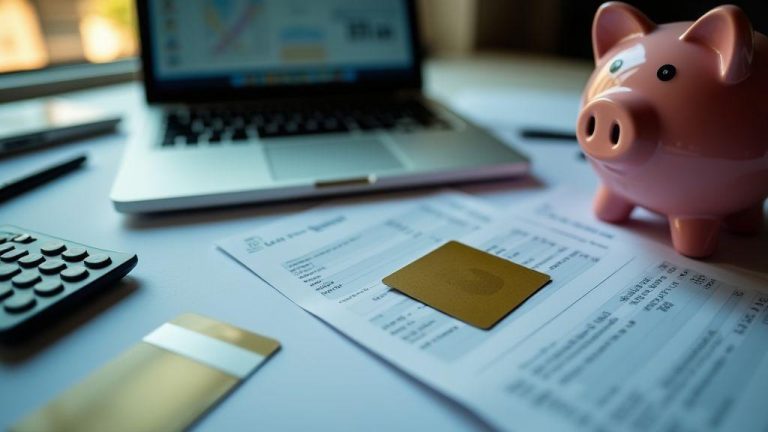This guide shows practical steps to create a simple monthly budget, use repayment strategies (snowball or avalanche), track daily spending, rebuild credit with on‑time payments, check your credit report, and responsibly use secured cards or small loans. You’ll also get steps to grow a starter emergency fund, explore refinancing or consolidation, and write a clear debt plan to steady your finances — all focused on 11 How to maintain/recover your financial health after using an emergency loan.
How you can budget after an emergency loan to start steady repayment
Right after the loan clears, make a clear plan: list monthly income and fixed bills, and treat the loan payment like a non‑negotiable monthly bill. Split expenses into essentials (rent, food, utilities, loan) and extras. Cut or pause small extras — a streaming service, takeout, impulse buys — until you regain breathing room. Check your money weekly and adjust: build a tiny emergency buffer first, then funnel extra cash to loan principal. Treat this as your repayment roadmap for 11 How to maintain/recover your financial health after using an emergency loan.
Create a simple monthly budget so you can afford payments and essentials
Track everything you earn and spend for one month using three columns: income, essentials, extras. Subtract essentials from income and make the loan payment a top priority. If it doesn’t balance, trim extras until it does. Automate the loan payment to avoid missed due dates, consolidate small recurring items into one weekly limit, and adopt habits like packing lunch or canceling one subscription to free cash quickly.
Use emergency loan repayment strategies like snowball or avalanche to pay faster
Snowball: pay the smallest debt first for momentum. Avalanche: attack the highest interest rate to save money. Both work — choose the one that keeps you motivated. Apply extra payments from side gigs, tax refunds, or gifts to speed repayment.
Track daily spending with an app or notebook to stick to your plan
Log every purchase daily, even small ones. Use a simple app or a small notebook and spend a few minutes each night logging. That visibility helps close money leaks and keeps your repayment plan honest.
How you can rebuild credit and monitor your score after an emergency loan
Treat recovery like steady care: track payments, set reminders, and follow a six‑month plan of consistent actions. Keep balances low and never miss due dates — credit utilization and on‑time payments drive most score changes. Sign up for free credit reports, set alerts, and check your score monthly. Use resources like this checklist to stay on track.
Rebuild credit after an emergency loan by making on‑time payments and keeping balances low
Paying on time is the single most powerful move. Set autopay or calendar reminders and aim to pay at least the minimum if cash is tight. Keep credit card balances below 30% of the limit — lower is better. Prioritize paying down the highest‑rate or highest‑balance accounts to reduce interest and improve utilization.
Check your credit report, dispute errors, and improve credit score after emergency debt
Get your credit report from each bureau at least once a year. Look for wrong balances, outdated collections, or accounts that aren’t yours. File disputes for errors and keep documentation. While bureaus investigate, continue paying what’s clearly yours and maintain low balances.
Use a secured card or small installment loan responsibly to show positive history
A secured card or a tiny installment loan can help if used correctly: deposit what you can afford, use the card for a small recurring charge, and pay it off each month to build clean payment history.
How you can strengthen long‑term finances with refinancing and an emergency fund
Refinance high‑cost short‑term debt to lower your monthly payments, then use the freed cash to seed an emergency fund. Compare APRs, fees, and total cost over the loan’s life — a lower monthly payment can help now, but confirm it doesn’t increase your total interest too much. Automate transfers to savings and treat them like a bill so you don’t skip them.
Create an emergency fund after a loan by saving small amounts each pay period
Start with a small goal — $500 or one month of essentials — and build toward three months. Save even $25–$50 per paycheck; small, consistent amounts add up. Use automatic transfers, round‑up apps, or payroll splits to make saving painless.
Explore emergency loan refinancing options or consolidation to lower interest and monthly cost
Options include personal loans with lower APRs, balance‑transfer cards with a 0% promo, or credit union consolidation. Run the math: check APR, fees, and total repayment. Get prequalified offers to compare without hard pulls, read fine print, and ask your current lender if they’ll match an offer.
Write a clear emergency loan debt management plan and ongoing financial planning after unexpected expenses
Put everything in writing: list debts and interest rates, choose a payoff method (snowball or avalanche), freeze new borrowing, and set weekly check‑ins. Redirect cuts and extra cash to debt or savings, track progress with simple charts or an app, adjust if income changes, and aim to hold at least one month’s expenses before relaxing.
Conclusion
You have a clear plan: make a simple budget, treat the loan payment as a non‑negotiable bill, check your money weekly, and cut small extras. Automate payments and feed spare cash to principal. Choose a repayment path that keeps you motivated — snowball for quick wins or avalanche to save interest — and track spending daily so leaks stop fast. Make on‑time payments, watch credit utilization, and dispute errors on your credit report. Use a secured card or small installment loan responsibly to rebuild history. Build a starter emergency fund and consider refinancing or consolidation when it truly lowers cost. Writing and sticking to a debt plan with weekly check‑ins helps ensure 11 How to maintain/recover your financial health after using an emergency loan is realistic and sustainable. Little, steady moves restore financial resilience.
Frequently asked questions
- What is 11 How to maintain/recover your financial health after using an emergency loan?
- Make a simple plan: pay the loan first, cut one or two small spends, start a tiny emergency fund, and track progress weekly.
- How do you set a budget after an emergency loan?
- List income and bills, mark the loan as top priority, trim extras, and put spare cash toward the loan or savings. Automate payments where possible.
- Can you rebuild your credit fast after an emergency loan?
- Yes — with steady steps: pay on time every month, keep balances low, and check your credit report for mistakes.
- What expenses can you cut to free money for loan repayment?
- Cancel unused subscriptions, cook at home, skip impulse buys, use cheaper transport. Small cuts add up.
- When should you seek help or refinance your emergency loan?
- Act if payments feel unmanageable. Call your lender to discuss options, compare refinance offers, or reach out to our team for guidance or referrals to nonprofit credit counseling.



